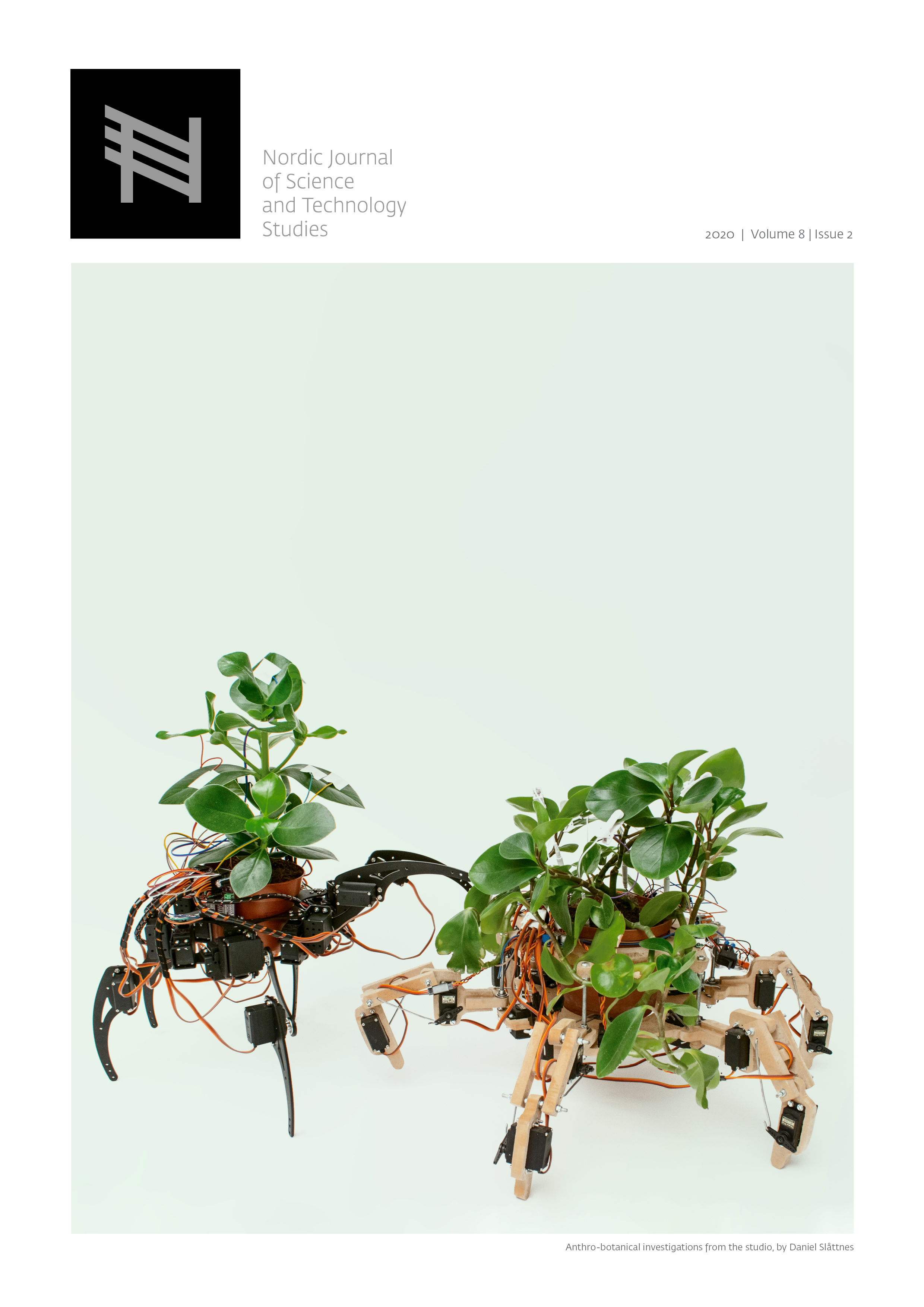Energy efficiency in Norwegian news media
A glitch in the discourse-as-usual
DOI:
https://doi.org/10.5324/njsts.v8i2.3393Abstract
This article investigates how energy efficiency features in Norwegian news media discourse. Based on an analysis of 309 news articles, we explore the objectification of energy efficiency and its rhetorical connections to energy savings and reductions. Energy efficiency is surrounded by positive overtones and used flexibly to include different meanings as well as effects. As a discursive object, the term wields significant rhetorical and legitimizing power, producing consensus across conflicting narratives and controversies in what we call the “discourse-as-usual”. We argue that energy efficiency shares characteristics with boundary objects, conveying an interpretive flexibility to bridge otherwise incommensurable perspectives on the need to decrease or increase absolute energy consumption. However, there are a few instances where controversy turns toward energy efficiency itself, revealing different views on absolute limits to energy consumption. By scrutinizing one of these glitches in consensus, we examine the normal through the anomaly to pinpoint the moral prerogative of energy efficiency in the discourse-as-usual. By black-boxing the complex relationship between efficiency and reductions, the term allows for avoiding the question of absolute limits to energy consumption in news media debates. Rather than translate between climate change and economic stability and growth narratives, we assert that energy efficiency as a discursive object conceals opposition between them. We discuss this concealment as a form of system dependency, as it is by black-boxing the effects of energy efficiency that it can unite adversaries and ensure ongoing activity.
Downloads
Downloads
Published
Issue
Section
License
Copyright (c) 2020 Jens Petter Johansen, Jens Røyrvik, Håkon Fyhn

This work is licensed under a Creative Commons Attribution 4.0 International License.
All content in NJSTS is published under a Creative Commons Attribution 4.0 license. This means that anyone is free to share (copy and redistribute the material in any medium or format) or adapt (remix, transform, and build upon the material) the material as they like, provided they give appropriate credit, provide a link to the license, and indicate if changes were made.






